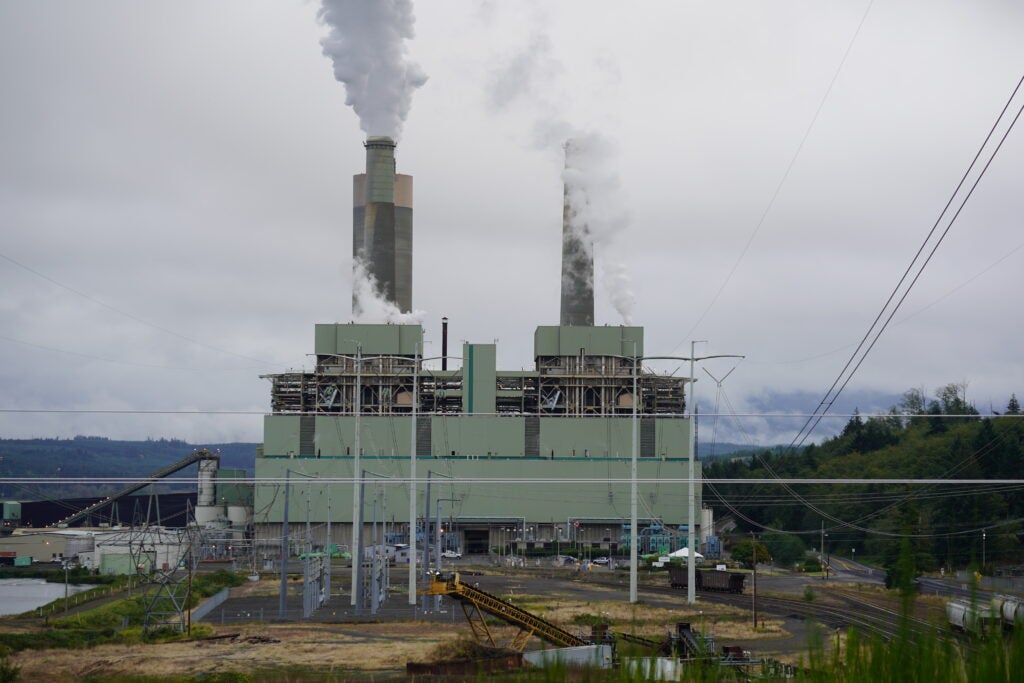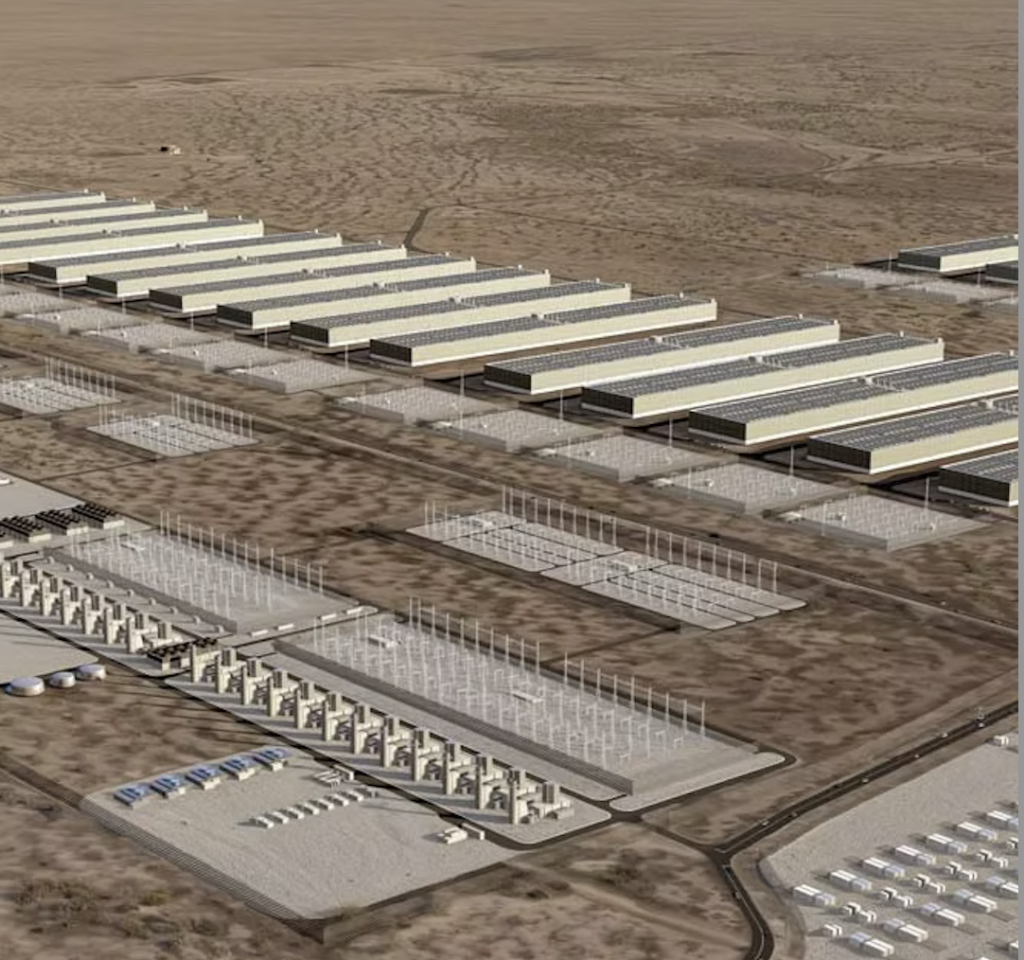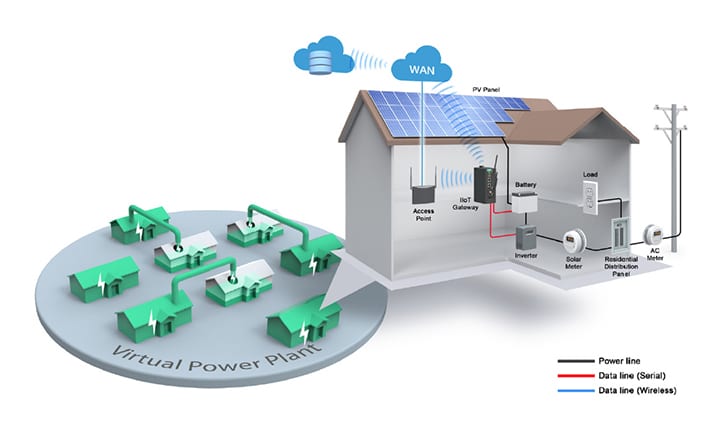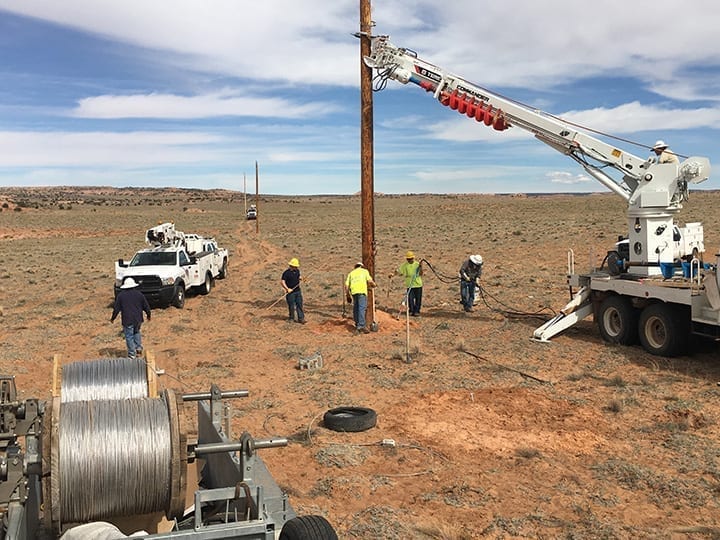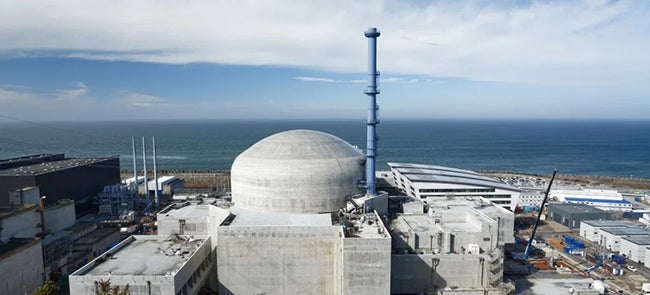
The utility industry is facing more disruption than ever before. This is being driven by a myriad of factors, including the need for sustainable energy, efforts to maintain reliability and affordability for customers while upgrading aging infrastructure, and anticipated labor shortages in coming years. Add on top of these factors what is perhaps the biggest disruptor to the industry—the anticipated demand growth fueled by artificial intelligence (AI) and data centers.
COMMENTARY
As utility leaders look to manage the ever-growing volatility in the industry, they also need to prepare for a shifting regulatory landscape that could bring unprecedented competition. Historically, utilities have had little competition. Not only has it been too costly for traditional competitors, such as renewable technology companies or retail distributors, to capture a larger market share, regulations also have made it very difficult for any competitors to grow inorganically through mergers or acquisitions.
This landscape is shifting. The current administration has taken steps to reduce barriers to mergers and acquisitions, which could open the door for hyperscalers such as Microsoft, Amazon, and Google to get in the game as never before. These tech giants already are taking steps to get the energy they need (and can certainly afford) as quickly as possible. Many have brokered deals with utilities, while also increasing their lobbying efforts. With all of these factors at play, it’s no longer crazy to imagine a world where hyperscalers buy utilities, in part or in whole.
Utilities are taking steps to expand infrastructure to meet anticipated load growth demands. While this—along with operational changes—is a critical piece of the puzzle, it’s not enough. Utility leaders need to invest now to build more adaptability into their organizations.
The energy industry is notoriously slow to change. As with many highly regulated, safety-focused industries, utilities tend to be deliberate and risk-averse. However, they need to take steps to get ahead of what’s coming. If big tech companies are successful in acquiring utilities, it will inevitably lead to massive shake-ups in operational norms and ways of working. And, even if this specific threat doesn’t come to fruition, other threats will emerge. It’s essential to build more adaptability into these organizations so the workforce is ready to evolve to meet new expectations and demands in a looser regulatory environment—quickly.
How can utility leaders go about building more adaptability in their organizations to prepare for these changes? There are three key components that need to be put in place, all of which reinforce each other to create a strong recipe for agility.
Embrace Change-Friendly Management Approaches. Utilities tend to operate in ways that are very structured and hierarchical. However, most executives in the industry recognize the need to run the day-to-day operations of the business in a way that is more flexible. This will require shifts in how critical operational elements are done, like strategic planning, goal setting, and talent management. Start by shifting from rules-based to principles-based decision-making, and seek to push decision-making down to those closest to the work. It’s also important to balance the use of data and analysis with experimentation and iteration. And don’t get too caught up on past performance. Given the speed with which the world is changing, what has worked historically is unlikely to be what is needed in the future.
Cultivate an Adaptive Culture. The highest-performing organizations are those that embed an adaptive culture—one that embraces appropriate risk-taking, considers impacts to all stakeholders (not just shareholders), balances short- and long-term thinking, and puts trust in employees across the organization to take action without a lot of bureaucracy. It’s helpful to start with meaningful demonstrations of this culture in action, creating microcosms of the culture you want to see more broadly. This may be easier said than done, especially in organizations that have traditionally had a more “command and control” approach. Leaders need to not just talk about “empowerment” but also encourage, reinforce, incentivize, and provide air cover for the people who are willing to take on these behaviors first.
Invest in Increasing Change and Leadership Capabilities Across the Workforce. Leaders can’t expect people to suddenly know how to work in new ways. Take the time to build knowledge and skills, intentionally deepening capabilities through formal learning and on-the-job practice (in addition to culture and formal systems, policies, and structures). Namely, skills such as the ability to manage resistance to change, inspire and mobilize others even without direct authority, communicate in ways that engage the head and the heart, find ways to intentionally engineer results, and implement strategies to overcome barriers to change. The more people in the organization with these capabilities, the greater collective ability organizations will have to spot, and act on, threats and opportunities.
More adaptability will be the competitive advantage that separates high-performing organizations from mediocre or low-performing ones in a shifting regulatory environment. Our world is more disrupted and disruptive than ever. For the utilities sector, this means new competition and new demands from customers. Now is the time for leaders to ensure their workforce is ready and has the agility needed to respond.
—Vanessa Akhtar is managing director at Kotter.




